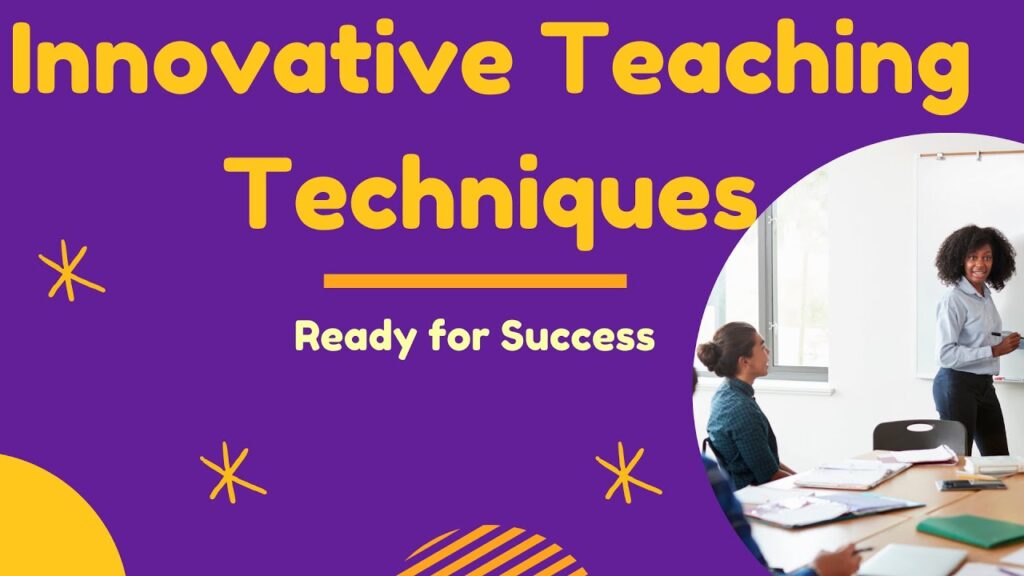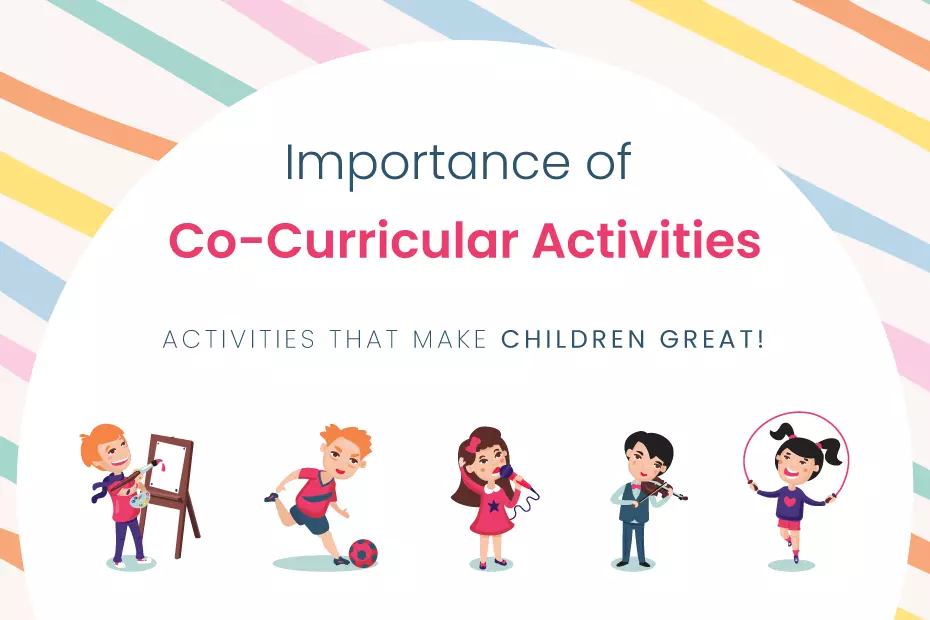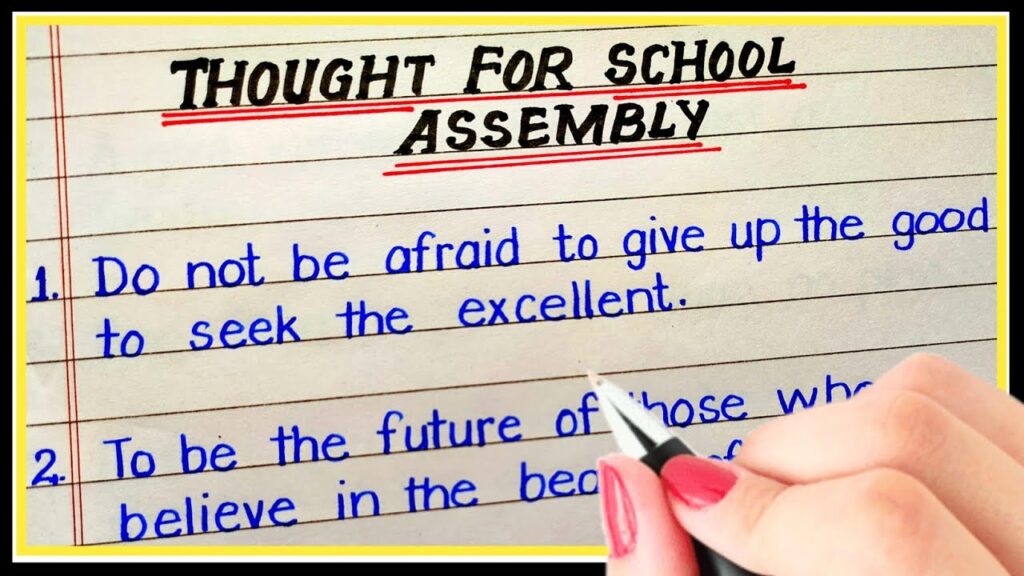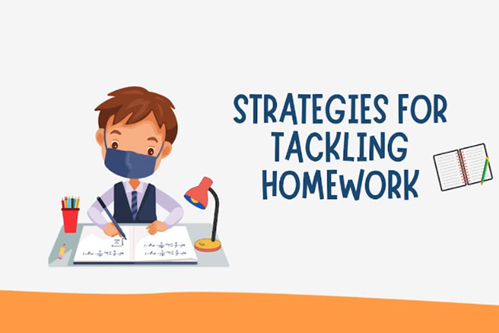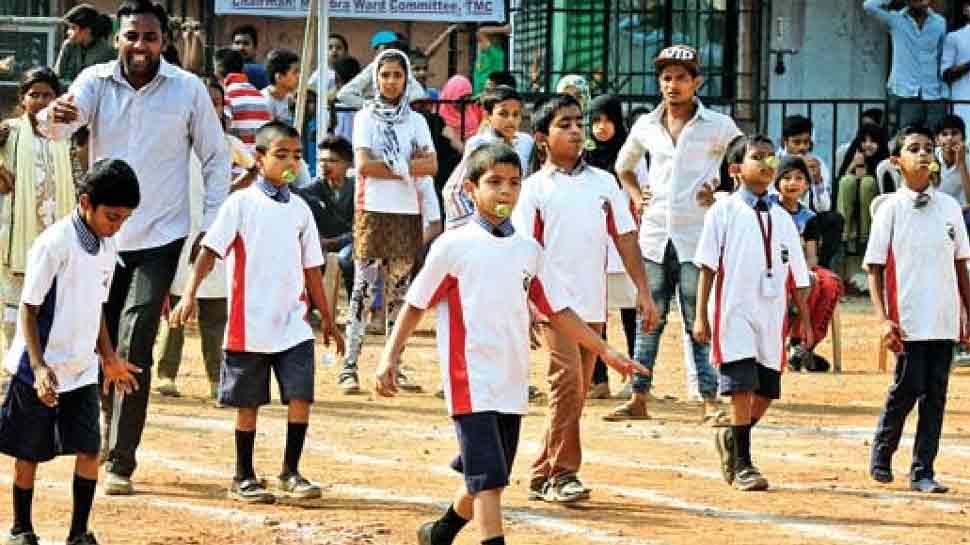Reading is an essential skill for school children to develop, as it promotes critical thinking, creativity, and vocabulary. However, many schoolchildren in India do not read for pleasure, and this can negatively impact their academic performance and overall development. Here are some tips on how to foster a culture of reading among schoolchildren in India:
- Make Reading a Fun Activity Reading should not be seen as a chore but rather as a fun activity. Teachers and parents can create a fun and engaging environment that motivates children to read. For instance, teachers can create a reading corner in the classroom with comfortable seating and a variety of books. Parents can set up a cozy reading nook at home with soft cushions and a bright lamp.
- Encourage Reading of Different Types of Materials Teachers and parents should encourage children to read different types of materials, such as books, magazines, comics, and newspapers. Children have diverse interests, and reading materials that align with their interests can spark their love for reading. For instance, children interested in science can be encouraged to read science magazines and books, and those interested in music can be introduced to biographies of musicians.
- Lead by Example Children often emulates the behavior of their parents and teachers. If parents and teachers are avid readers, they are more likely to inspire children to read. Parents can set aside time to read in the presence of their children, and teachers can share their favorite books with students. This approach creates a culture of reading, where children perceive reading as a normal and enjoyable activity.
- Provide Access to Reading Materials Access to reading materials is essential for fostering a culture of reading among school children. Schools can create a library with a variety of books that cater to different reading levels and interests. Parents can subscribe to a newspaper or magazine that aligns with their child’s interests. Access to digital libraries and e-books is also crucial, as many children may not have access to physical books.
- Organizing Reading Activities Organizing reading activities can be an effective way to encourage children to read. Teachers can organize book clubs, where students can discuss books they have read and share their thoughts and opinions. Parents can organize reading challenges, where children are challenged to read a certain number of books within a specific timeframe. These activities create a sense of competition and motivation that encourages children to read more.
- Integrate Reading into the Curriculum Integrating reading into the curriculum is another way to promote a culture of reading among school children. Teachers can incorporate reading into the lesson plan and assign readings that align with the topic being studied. For instance, a social studies teacher can assign a book on the history of India, and an English teacher can assign a novel that aligns with the theme of the lesson.
In conclusion, fostering a culture of reading among school children in India is essential for their academic success and overall development. Teachers and parents can create a fun and engaging environment that motivates children to read, encourage the reading of different types of materials, lead by example, provide access to reading materials, organize reading activities, and integrate reading into the curriculum. These approaches can inspire children to read and promote a lifelong love for learning.



